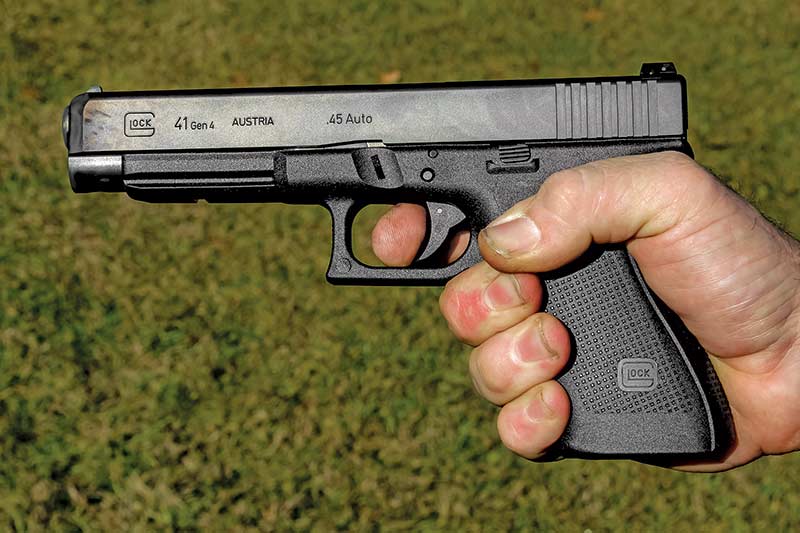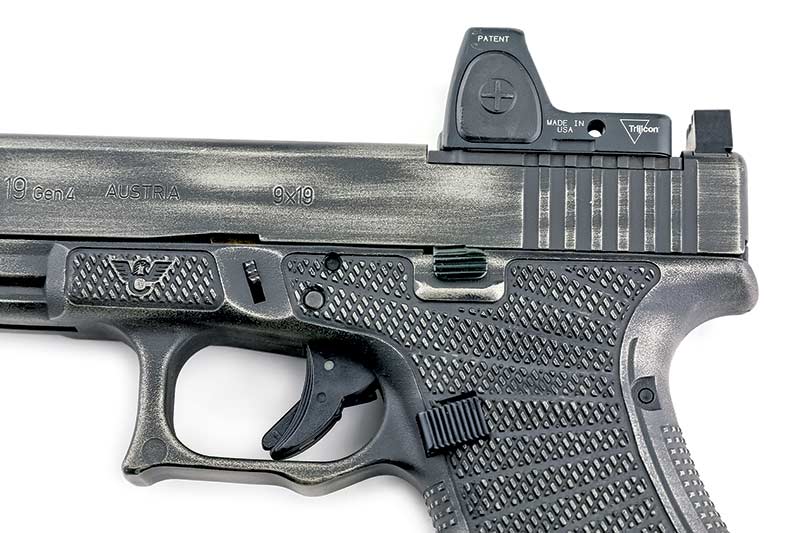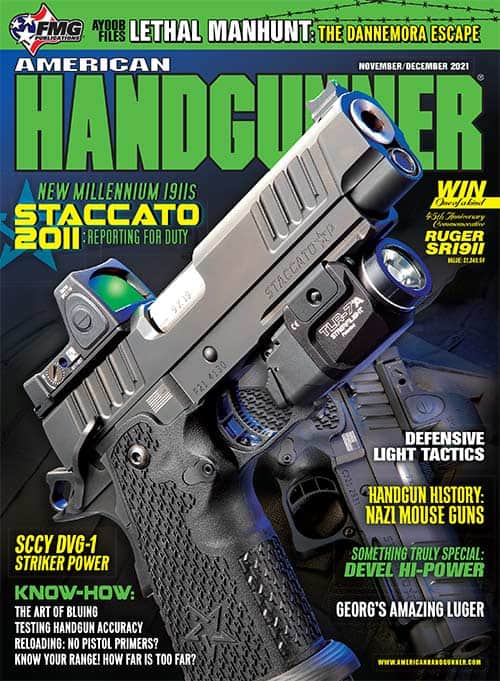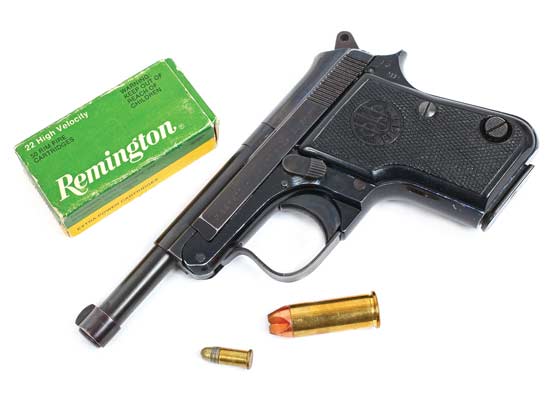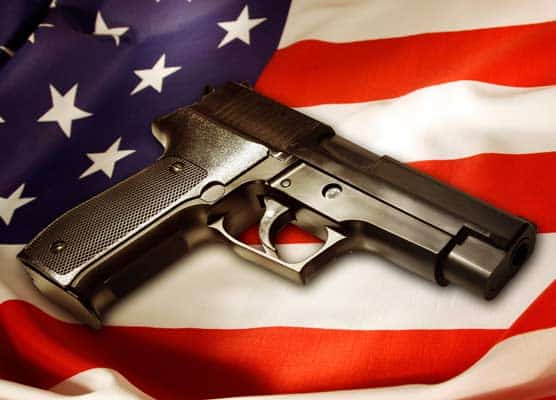Precision Police Pistol Shooting
Defensive police handgun fire sometimes has to be fast and furious … but sometimes, distance or limited threat exposure require precision.
The Special Enforcement Bureau (SEB) of the Los Angeles County Sheriff’s Department is justifiably considered one of the leading SWAT entities anywhere. Once, long ago, a senior SEB man was lecturing cops on deadly force and an officer in the audience asked, “Sir, when do we need to fire precision shots?”
The SEB man’s answer was legendary. He snapped, “Every shot fired by a police officer should be a precision shot!”
I’ve heard it said, “All the accuracy you need in the real world is a 6″ group at six feet.” I respectfully disagree with the statement. I was reminded of this recently when researching the 2015 Dannemora prison escape, in which it took precision shooting twice over to get the job done.
Even Up Close
Whatever the distance, the heart of the man who is trying to murder you is roughly the size of his fist. His spinal cord is about the same diameter as his little finger. Yes, his brain is bigger and his whole head is bigger yet … but not all of his head is a “stopping target.” Officer Jared Reston in Jacksonville, Fla. and Officer Tim Gramins in Skokie, Ill. each found this out in their first gunfights. Jared with a .40 S&W and Tim with a .45 ACP had each put multiple bullets into their attackers’ torso “kill zones,” only to find them still up, running and shooting, so they reverted to head shots. Each had to shoot their would-be cop-killer three times in the head to end the fight. Not all “head” is “brain.” In each case, the first two large caliber bullets had shattered maxillo-facial structure but not hit the brain, and for each, only the last head shot got into the gray matter and shut off the computer. Distance? Well, Reston’s attacker was literally on top of him, killed in the end by a contact shot.
Distance, Threat Exposure, Reaction Concerns
Convicted multiple murderer and torture-killer Richard Matt was aiming a stolen 20-gauge shotgun directly at Border Patrol Tactical team leader Christopher Voss from a prone position behind the cover of a log in the woods. Voss coolly blew the gunman’s brains out with his M4 carbine, proving the words “swift” and “precise” do not necessarily contradict one another. Limited target exposure requires more precision.
Convicted cop-killer David Sweat was running some 75 yards distant when New York State Police Sergeant (and firearms instructor) Jay Cook put shooting fundamentals together and dropped him with two .45 gap hits from his issue GLOCK 37 service pistol. Years earlier, the mass murder at Fairchild Air Force Base was ended by my friend Andy Brown, the first USAF Police officer to arrive on the scene. A measured 70 yards from a man with an AK47 clone, with no cover as the crazed rifleman shot at him, Andy calmly took a kneeling position and put a bullet almost center between the cowardly murderer’s eyes from his issue Beretta M9. Distant targets require precision.
Creation of instant flaccidity also requires precision. The legendary Vietnam era Marine sniper Carlos Hathcock told his biographer Charles Henderson of multiple enemy soldiers who did spastic chicken dances before they fell from high-powered rifle bullets he had fired into the upper part of their brains. Upper brain trauma can trigger a convulsive reaction causing the hands to clutch: the finger pulls the trigger, or the thumb presses the bomb switch. In his last career training police riflemen for American SWAT teams, Hathcock adamantly told the cops to prevent that Dead Man’s Kill, they had to put the bullet in deep brain to cause instant body relaxation: the tiny area between nasal cavity, ear canals, and base of skull. The same is as true with a service pistol as with a sniper rifle.
There were reasons old time cops carried 6″-barrel service revolvers like the S&W K-38. The accuracy enhancing longer sight radius is seen today in SWAT teams and even among rank-and-file police who are issued Tactical/Practical GLOCKs with 5.3″ barrels, or the equivalent S&W M&P Pro pistols. The new trend to optic-sighted duty pistols, which seem to enhance precision accuracy, is likewise a good thing.
When I started in police work in 1972, we qualified at distances out to 50 yards. Time went on. The maximum qual distance became 25 yards most places, and some even went down to 15. But when we look at situations like the North Hollywood bank robbery, where distances were often 70 to 100 or more yards, we can see why some precision shooting needs to be in the training mix.


